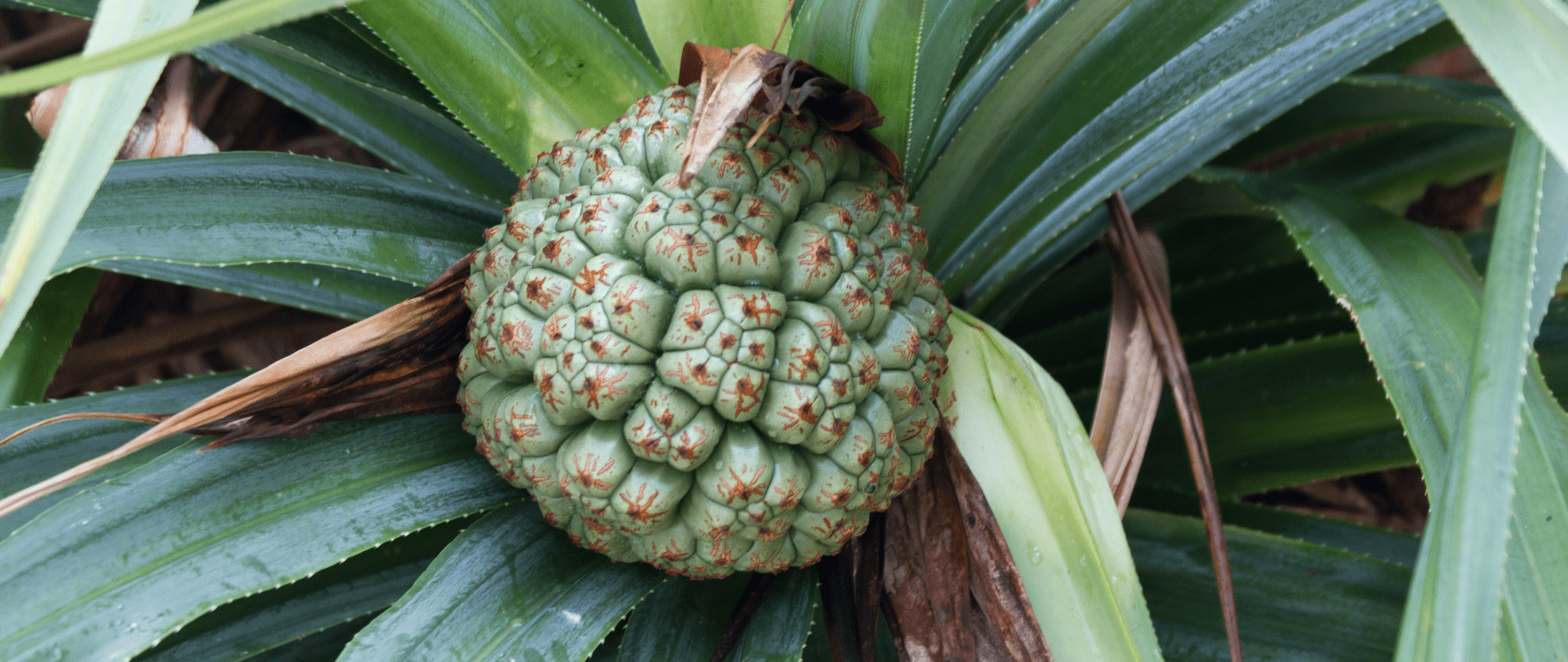February 13, 2025
Biodiversity on Island Biomes
Islands are some of the most biodiverse places on the planet. Biodiversity, habitat diversity, and climate resilience are all linked together--click here to find out how!
We use cookies to help you navigate efficiently and perform certain functions. You will find detailed information about all cookies under each consent category below.
The cookies that are categorized as "Necessary" are stored on your browser as they are essential for enabling the basic functionalities of the site. ...
Necessary cookies are required to enable the basic features of this site, such as providing secure log-in or adjusting your consent preferences. These cookies do not store any personally identifiable data.
Functional cookies help perform certain functionalities like sharing the content of the website on social media platforms, collecting feedback, and other third-party features.
Analytical cookies are used to understand how visitors interact with the website. These cookies help provide information on metrics such as the number of visitors, bounce rate, traffic source, etc.
Performance cookies are used to understand and analyze the key performance indexes of the website which helps in delivering a better user experience for the visitors.
Advertisement cookies are used to provide visitors with customized advertisements based on the pages you visited previously and to analyze the effectiveness of the ad campaigns.
Looking to make an impact this Earth Month? Here’s how.

The global economy loses more than $423 billion every year to invasive species which threaten nature, food security, and human health.
A new report by the International Platform on Biodiversity and Ecosystem Services (IPBES) shows that invasive species pose a major threat to biodiversity, healthy ecosystems, and sustainable communities. Aimed at policymakers around the world, the report explains how invasive species threaten the quality of life and cultural identities of human communities.
“Invasive alien species … can cause irreversible damage to nature, including local and global species extinctions, and also threaten human wellbeing.”
Helen Roy, assessment co-chair

Islands receive unique attention in the report: both for the impact invasive species have on them and for the success rate of invasive species eradication projects. Species extinctions due to invasive animals and plants on islands are especially damaging, since islands are biodiversity hotspots and many native species that live on them can be found nowhere else in the world.
The report represents the cumulative work of 86 experts from 49 countries over four and a half years. It is the most comprehensive assessment of invasive species ever carried out, and its global scope includes the voices of indigenous people and local communities. As a result, it gives us the most complete picture of the impacts of invasive species have on people and nature—especially those for whom a healthy ecosystem is essential to their way of life.
Invasive species, the report argues, have an extremely detrimental effect on the lifeways and cultural identities of indigenous people and other vulnerable groups who rely on sustainable relationships with their natural environments.
85% of the documented impacts of invasive species are negative for people’s quality of life. The report gives the examples of malaria, Zika, and West Nile Fever, diseases spread by invasive species. Negative environmental effects also compound upon one another—for example, the report mentions invasive plants that can interact with rising temperatures to make wildfires more frequent and intense.

There is hope, though. The report highlights data indicating that islands are exceptionally effective points of intervention. While they may be more vulnerable to extinctions caused by invasive species, they also enjoy a higher success rate from projects to eradicate them and are able to recover. With their terrestrial ecosystems surrounded by water, removing an invasive species from an island can be permanent, as long as good biosecurity protocols (checking boats and gear for invasive species) remain in place.
“[T]hese are risks and challenges with global roots but very local impacts, facing people in every country, from all backgrounds and in every community.”
Anibal Pauchard, assessment co-chair

The report expounds on the importance of widespread cooperation between stakeholders, governments, indigenous peoples, and local communities to tackle the invasive species problem. After almost 30 years of restoring islands, we at Island Conservation have seen the multiple spillover effects of successful partnerships, motivating our launch of the Island-Ocean Connection Challenge to restore and rewild islands around the world. An island free from invasive species will circulate richer nutrients into its surrounding waters, which in turn become a safer home for corals and fish—boosting the sustainability of local fishers’ livelihoods. Similarly, island communities who rely on native species for survival—such as the copra harvesters on Nadikdik in the Marshall Islands—see their livelihoods threatened by invasive species that prevent these native plants from thriving. Overall, more native species and less invasive ones spell more climate resilience and sustainability for island ecosystems and communities.
Calling on state and non-state actors alike, IPBES’ report makes a compelling case for collaboration to manage, remove, and eradicate invasive species. By showing how invasive species threaten both people and nature, the report shows how removing them is key to good stewardship and sustainable development.
Check out other journal entries we think you might be interested in.
Notifications